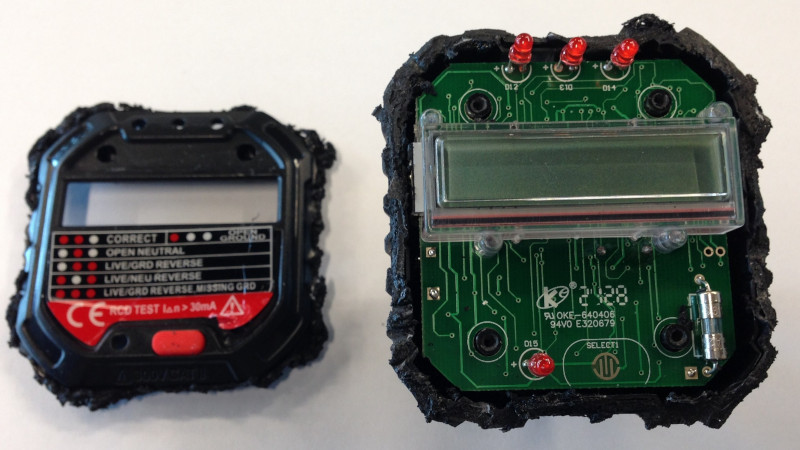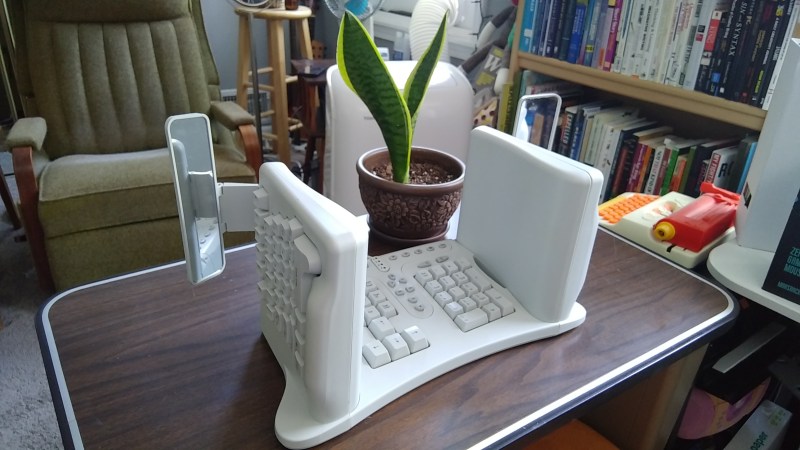We will all at some point have opened up a device to investigate its internal workings, and encountered a blob of resin on the PCB concealing an integrated circuit. It’s usually a cost thing, the manufacturer has sourced the chip as bare silicon rather than in encapsulated form, and it has been bonded to the board with its connections made directly using fine wires. The whole fragile component is then hidden by a protective layer of resin.
Normally these chips are off-limits to we experimenters because they can not be removed from the board without damage, and we have no …read more
 Continue reading Reusing A Wire Bonded Chip→
Continue reading Reusing A Wire Bonded Chip→

